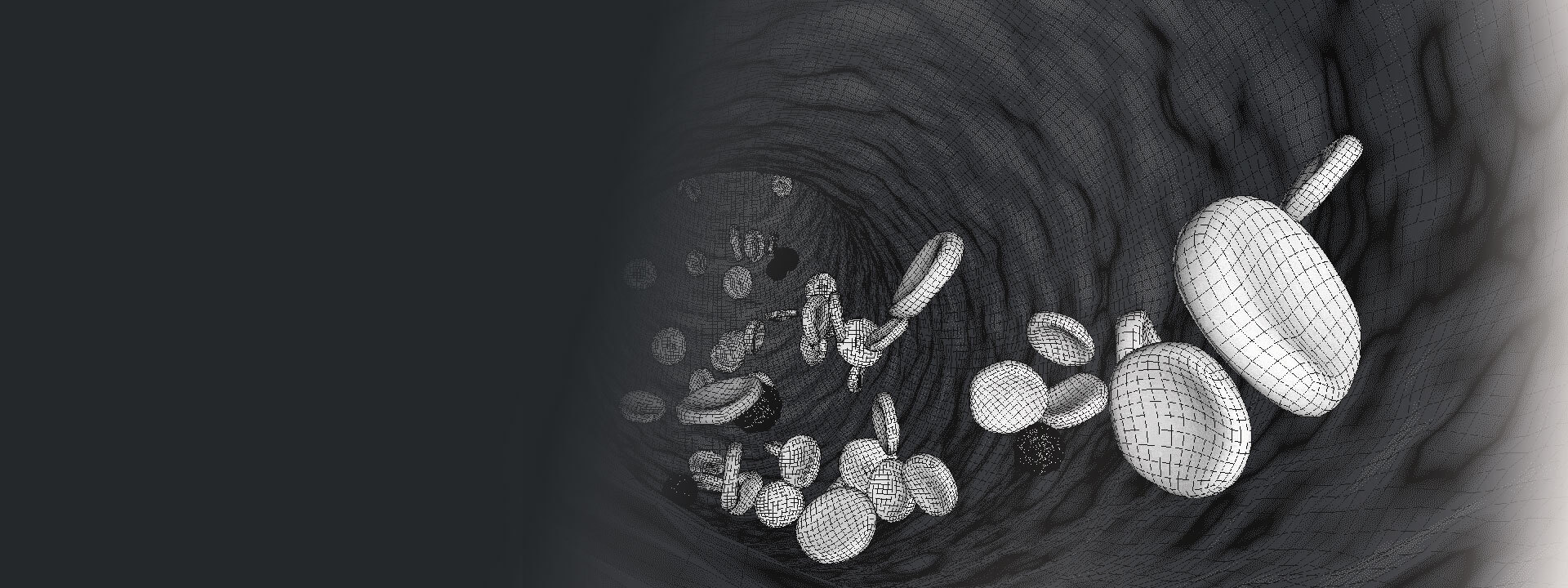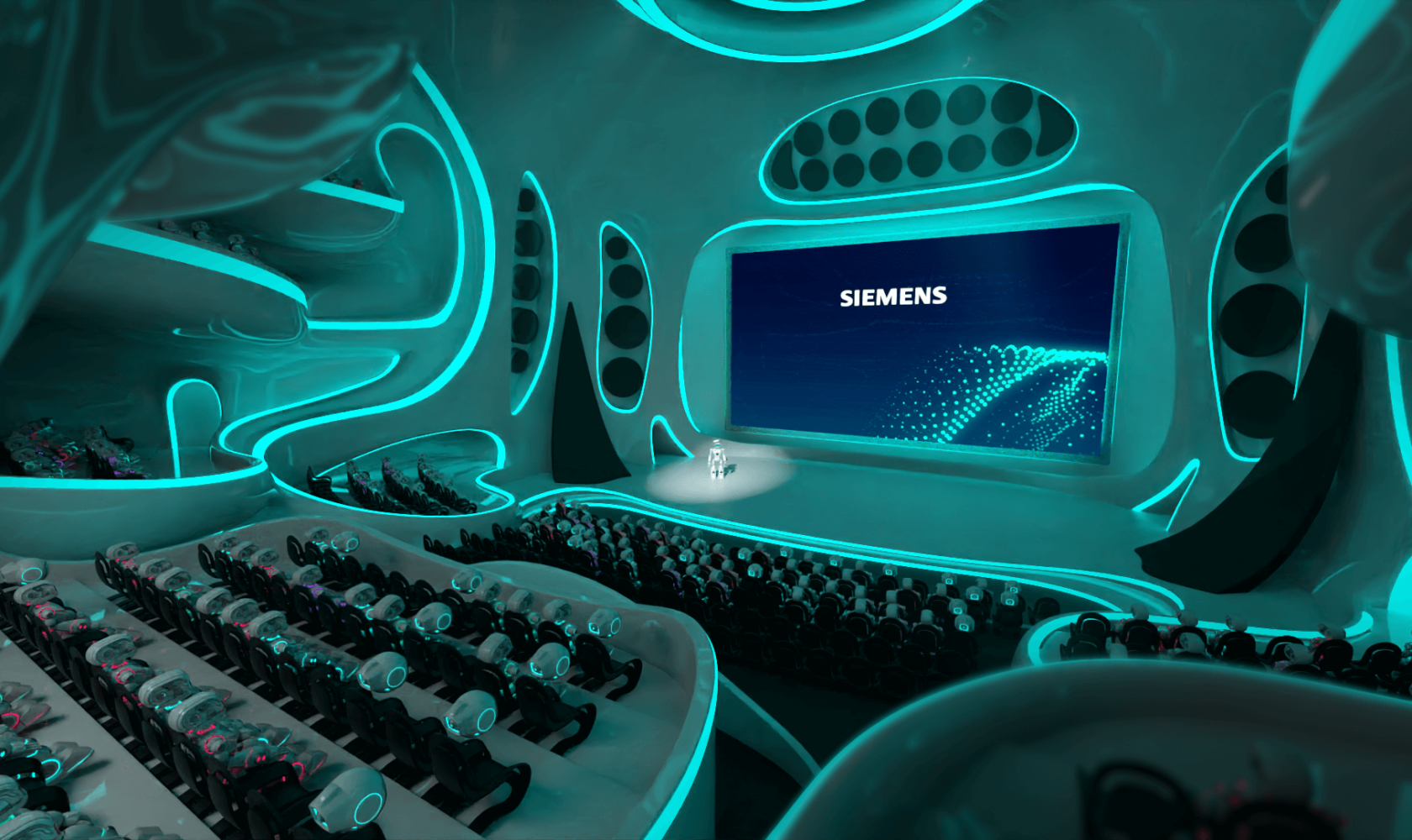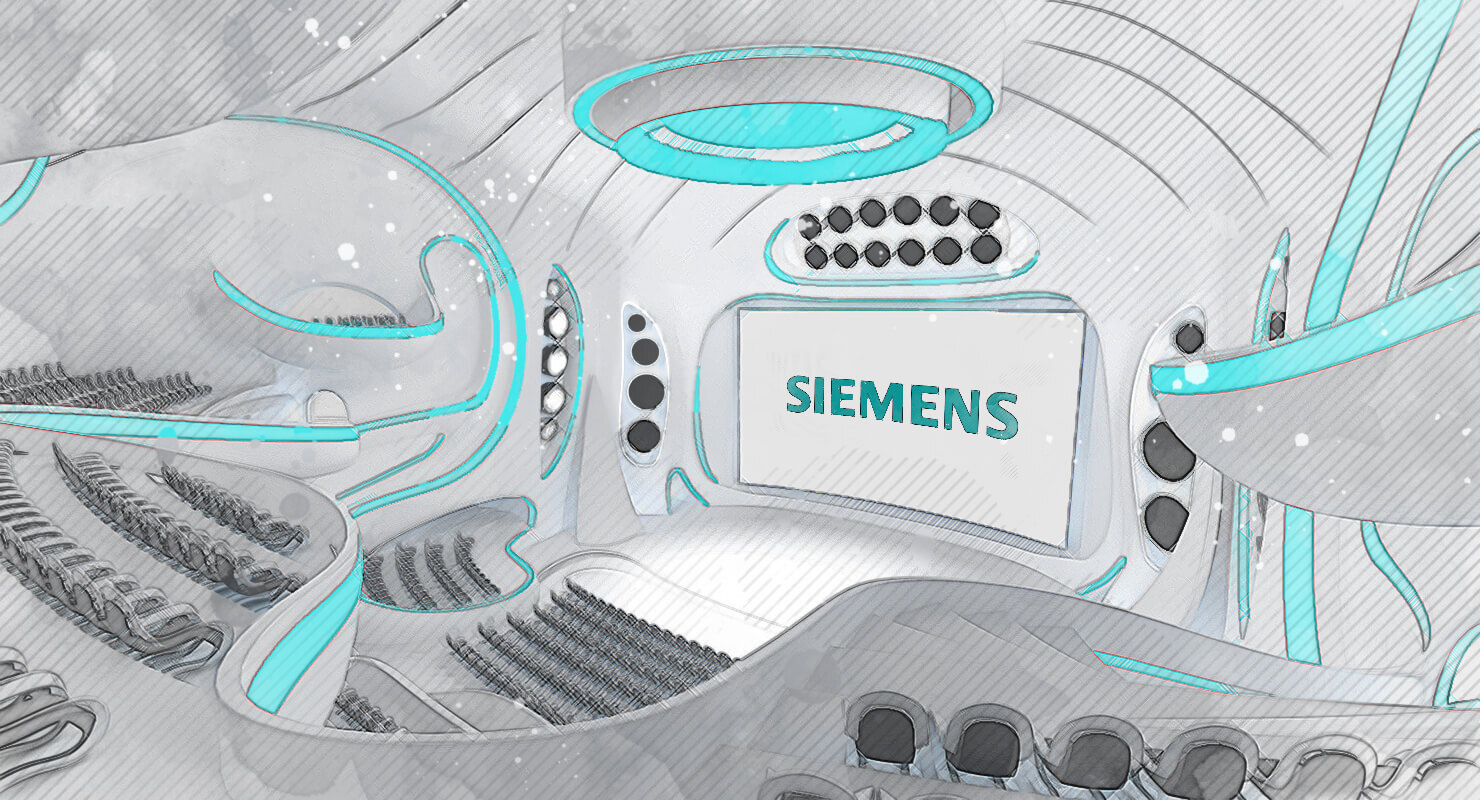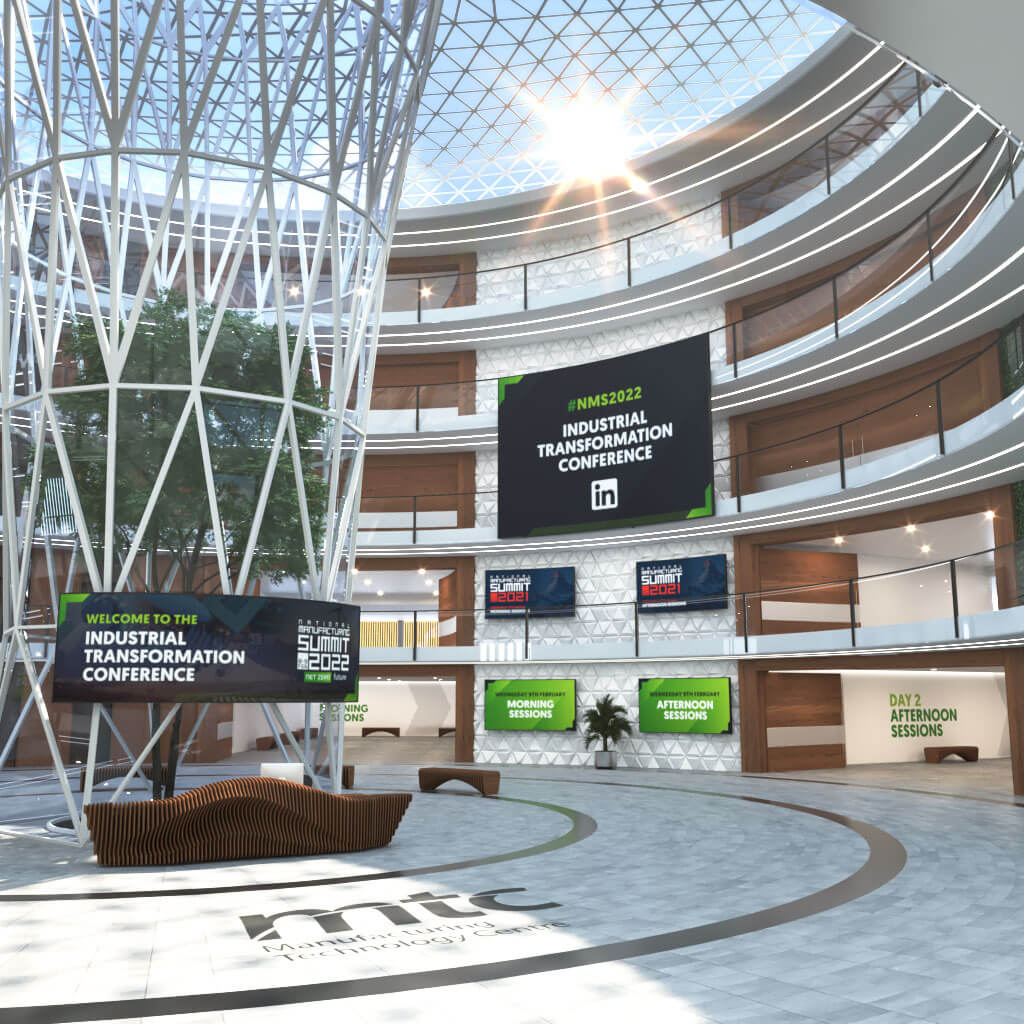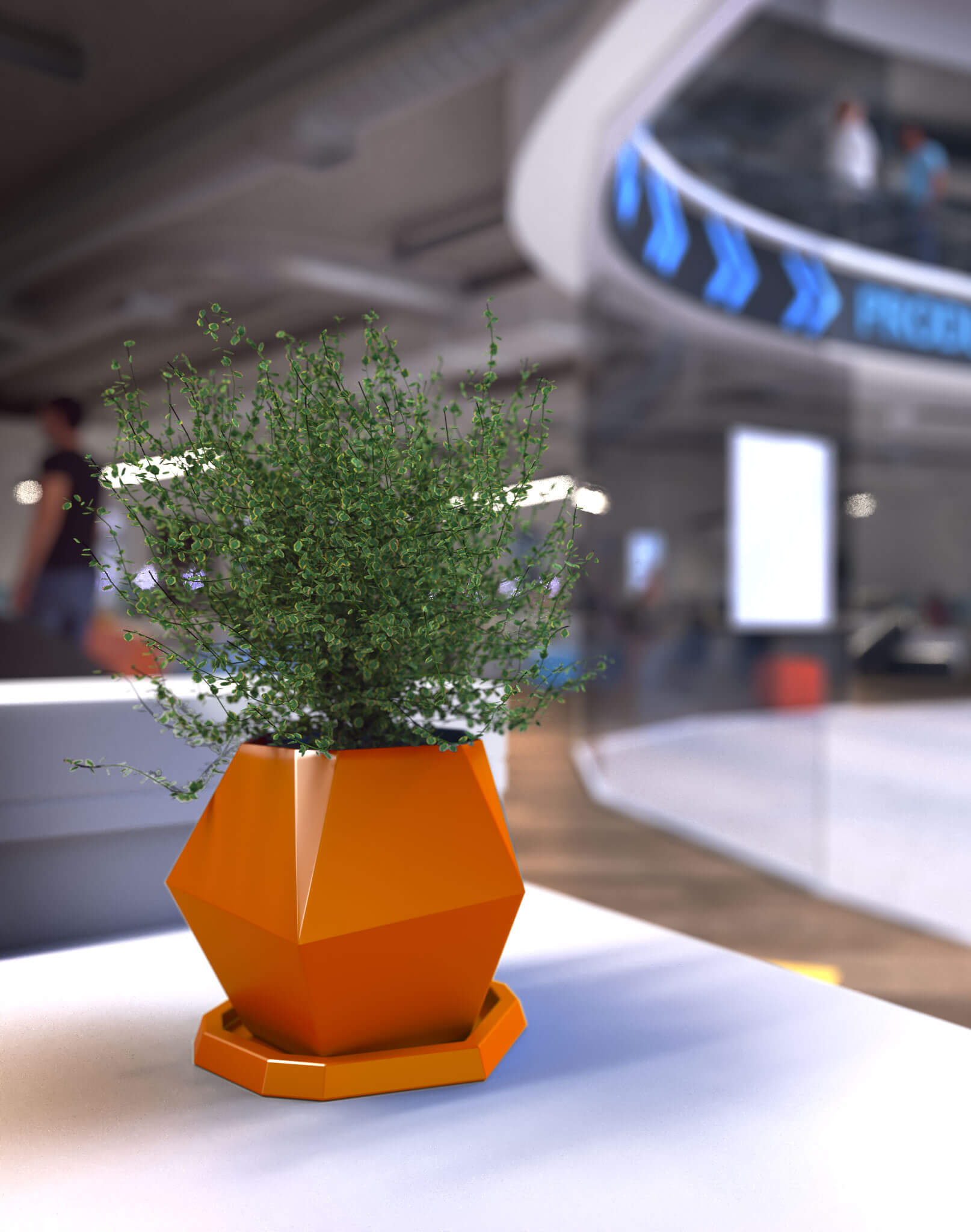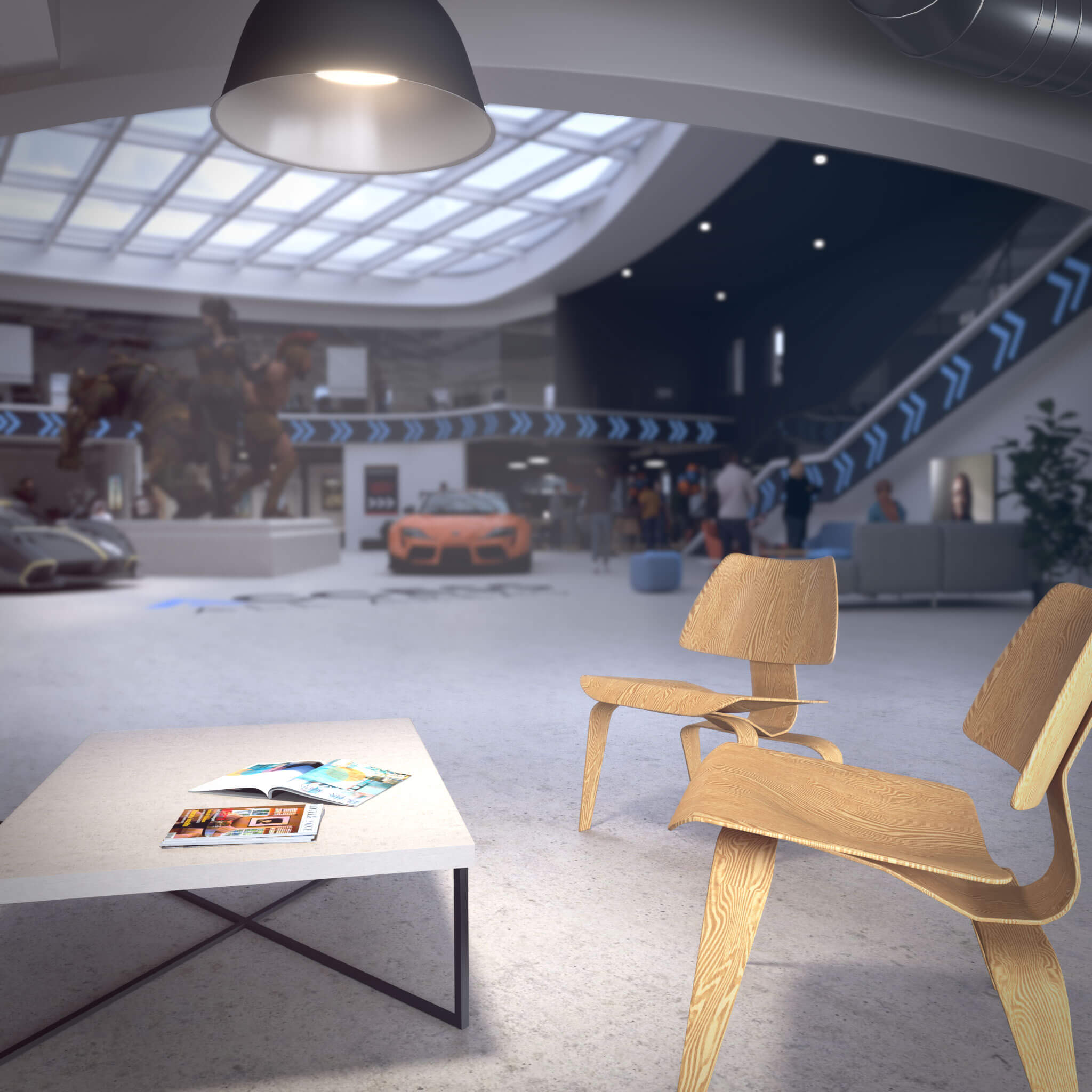This website uses cookies so that we can provide you with the best user experience possible. Cookie information is stored in your browser and performs functions such as recognising you when you return to our website and helping our team to understand which sections of the website you find most interesting and useful.
Digital Environments and Bringing Assets to Life
Products and complex processes can often be difficult to articulate verbally or visualise with traditional photography or videography, or perhaps occur at such minute scales they are not visible to the human eye. It is in these scenarios that 3D visualisation can be incredibly beneficial in helping communicate your messaging effectively.
3D visualisation uses modelling, animation and visual effects to bring products and processes to life on screen, for a wide range of uses. These applications include presentations, educational and training collateral, exhibition and conference visuals, and in marketing and advertising campaigns across a variety of digital platforms, allowing you to reach a wider audience with ease.
A 3D animated video allows for greater accessibility, increasing or improving your engagement with a wider audience. Moreover, 3D animations are immersive and memorable and make processes more easily digestible.
The opportunities with 3D animation are endless, and the delivery process requires attention to detail and a structured plan from the beginning to provide the best outcome.
In the following, our 3D team share unique insight into the key stages of the animation process from conception to delivery.
Planning and Preparation
With any 3D visualisation there is huge emphasis on planning and preparation at the beginning of a project, as most of the groundwork is completed in the earlier stages with a view to producing a route map setting out clear milestones and targets along the way. This allows all involved to have a clear picture of the path ahead and understand their own responsibilities and roles throughout a project. It is essential for the client and the agency to keep open communication channels throughout and work collaboratively to ensure the vision is realised.
The very first step is to understand the client requirements. What is it that they are trying to achieve and which audience are they speaking to? This step is fundamental, as it helps to build the foundation of the project and establish the tone and general narrative of the proposed animation.
Are they targeting a global audience? If so, consider also which languages and cultures they will be communicating with. Will alternative versions be required, or alternative language subtitles?
At this early stage it is also important to consider additional factors such as length and duration, any voice overs required or music and sound effects. These can frequently be overlooked and considered as an afterthought; however, a voiceover can impact the timings of important scenes and overall length of the animation, and the music choice can have a significant influence on the overall tone and pacing of the animation.
Concept Development
Armed with the initial brief and a strong understanding of the client’s requirements, the creative team can then begin researching and developing concepts of how the animation might evolve. This research might involve looking at the wider competitive set, but primarily exploring current creative styles and animation techniques to ensure the proposed ideas keep up to date with the latest design trends.
From this early research, a range of initial concepts may be produced and presented to the client as possible directions for the animation to follow, highlighting specific animation techniques or visual styles for the proposed outcome. At this stage, a preferred concept will be chosen by the client which is then refined before any production of the animated content begins.
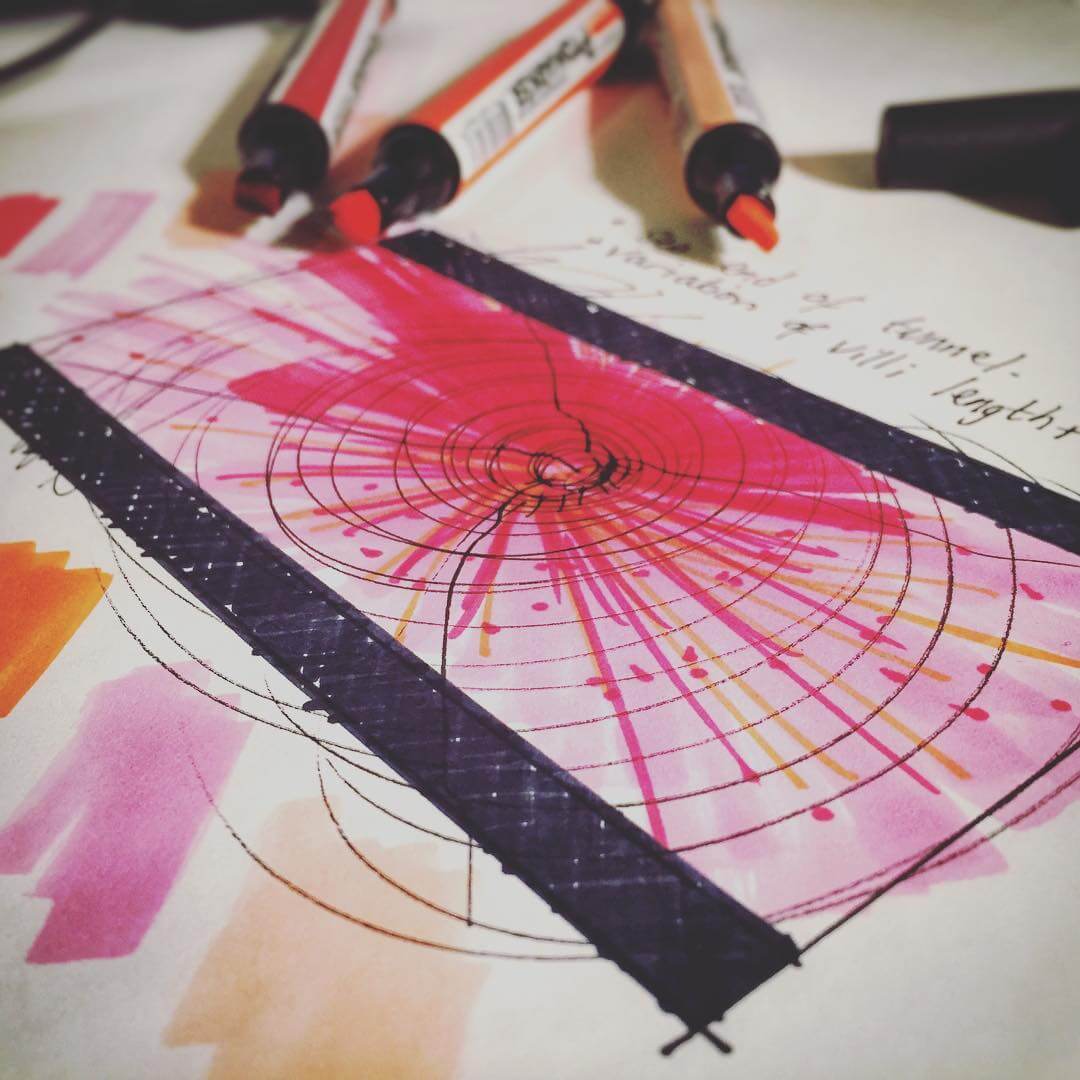
Script-writing and Storyboarding
The script is a key part of the animation process as it helps to set out the flow of the story. A script can be geared specifically towards a spoken voiceover, or it can include written directions to indicate the content and movement of the story, to help the animator identify any important aspects that need to be incorporated into the animation. If a script is required, it has to be written prior to storyboarding.
The script can often be overlooked in favour of the visuals, but this piece is crucial to understanding what needs to be visualised and when. The script will guide the construction of the overall animation sequence.
If the script is intended to be represented through a voiceover overarching the final video, an artist will be booked for recording. Approval of this script and any voiceover early in the process is critical, as this influences the length and timing of individual.
With a finalised script, voiceover and artist booked, the creative team can now begin building a visual storyboard of the overall animation. The animation can be broken up into individual scenes which detail key visual elements and actions. This stage in the process helps the team to understand if the narrative and story flow of the animation makes sense and creates a reference point for the animation.
Modelling and Animation
It is common to receive computer aided design (CAD) models from clients for use within product animations that form the main character, however, these often require further preparation. If CAD models aren’t available, 3D models can be created from scratch using reference imagery (though this requires more time).
Additionally, much like set design in the theatre, the environment in which the animation is taking place will need to be created and will serve as a backdrop to the animation.
With the main characters prepared, the creative team can now dive in, using the storyboard as a visual guide to begin crafting each scene, animating elements within them and bringing the narrative to life.
Animated Pre-Vis
After the initial animation stage, a ‘pre-vis’ will be produced for client review and feedback. This pre-vis animation consists of the entire sequence with all proposed camera angles and content, supported by an initial audio mix with music or a voiceover (if required), but rendered in a low resolution without any special effects or post-production. This pre-vis provides the client and wider team with a clear idea of the pacing of the complete animation.
This may be the first time the client has seen their story come to life and gives the perfect opportunity to provide feedback. Does it meet the initial objectives and align with the audience? Are any changes required?
During these early stages, amends can be actioned quickly and efficiently as there are no lengthy render times involved; imagine this step as a form of rapid prototyping with the ability to easily produce various iterations of the video to assess the best outcome. It’s also important at this stage to supply the proposed visual style frames alongside any animated pre-visualisation to help the client imagine how the final outcome will look.
Texturing, Lighting and Style Framing
At this stage the project is textured and lit for rendering. This makes use of lighting and shadows, reflections and transparency alongside other details which enhance the realism of the final visuals.
Style frames are static images that combine the 3D content with the chosen visual concept developed earlier in the process, to give a flavour of what the final animation will look like. While these images will be close to the final visual aesthetic, at this point there is still an opportunity to tweak and adjust to suit the client’s taste.
Rendering
Rendering is one of the final phases in the 3D visualisation process. The animated scenes, together with the developed material and lighting setups are combined together to produce the final image sequences.
The computer will run complex calculations to understand how the lights, materials and objects are interacting together within the scenes and use this information to produce the final rendered image. Depending on the length of the animation and the complexity of the scenes within it, this process can take hours or days to output the final results. Therefore, it is important that all previous style frames and pre-vis animations are approved before rendering begins. Any changes after this stage will cause a delay to delivery.
Compositing and Post-Production
The compositing stage of the process is a really enjoyable one. This is where all of the rendered image sequences are brought together to replace the previous low-resolution version from the pre-vis stage. Colour grading and special effects can be applied here to give the animation that finishing touch. Any audio tracks, music and voiceovers receive the final mix and the project is then ready for a final export!
Final export and additional assets
The finalised 3D animation can now be exported to the required specification. Most commonly this will be as high definition video, but rarely does a 3D visualisation project result in only that. From the production process numerous different visual assets can be produced to broaden the reach of a campaign, for example shorter versions for social media, interactive 3D experiences and high resolution static images for small or large format printing.
As we’ve seen, the production of a 3D visualiation is an involved one and can be time intensive. There are many elements that need to be considered and finalised at each stage before moving onto the next step in the process, but following this process is essential to producing a valuable piece of communication that really stands out and delivers the intended message.
If you’re thinking about producing a 3D visualisation to showcase your own products or processes, below are a few points to consider to get you started.
Key considerations
- What is your key message, what story do you want to tell?
- Who is your target audience, who are you speaking to? If you’re targeting a global audience, consider also what languages and cultures you’ll be communicating with.
- Where will your 3D visualisation be used? Online? Social media? Exhibitions and large format?
- What deliverables are you looking for? Video, animated gifs, static images, email banners and social media headers?
Share this
